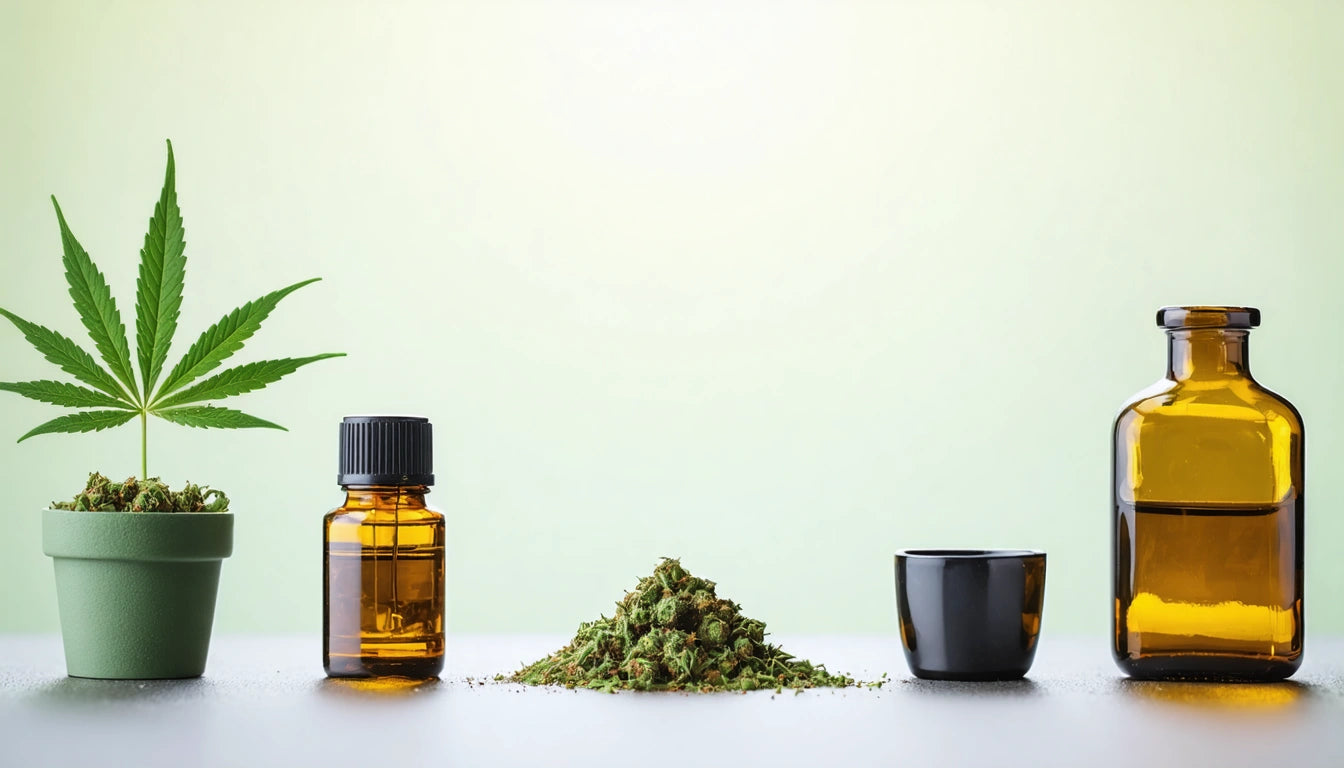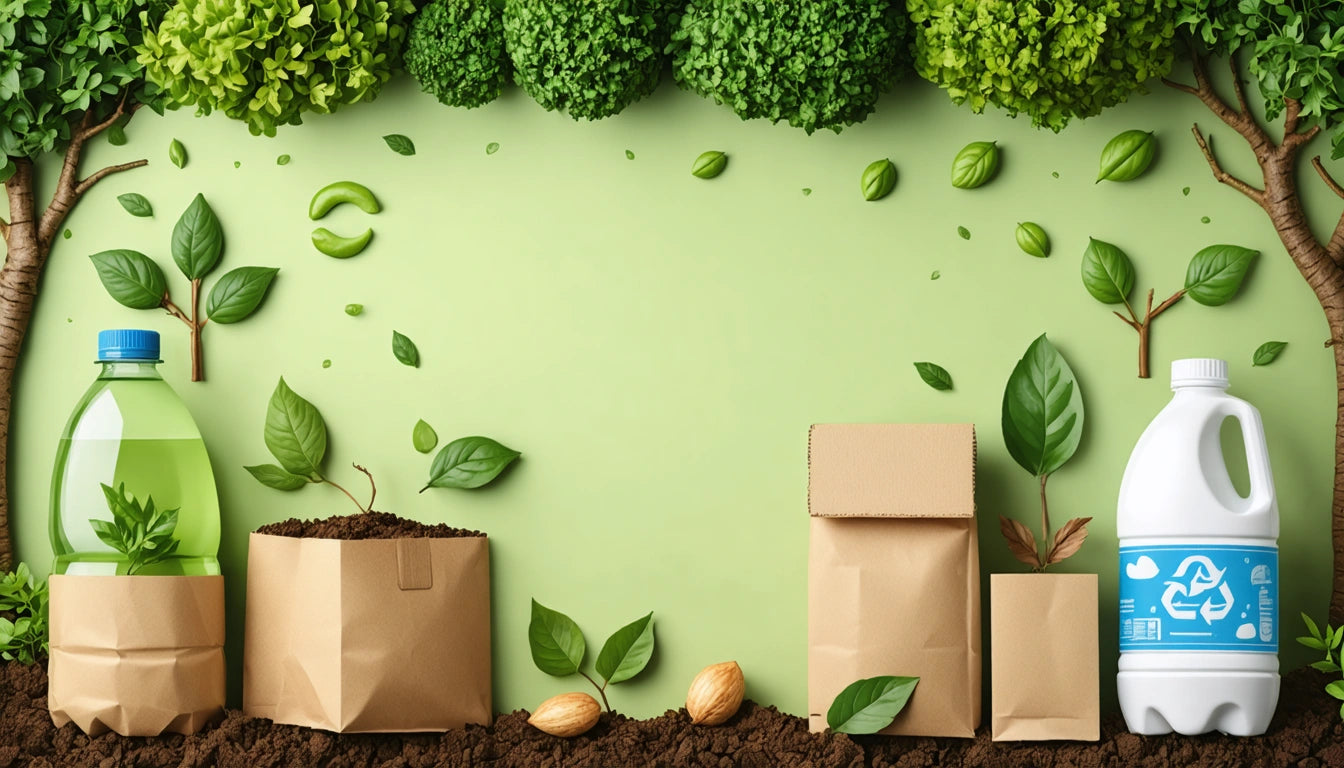Table of Contents
- Fundamental Differences: Wholesale vs. Retail Concentrate Packaging
- Material Considerations for Different Distribution Channels
- Compliance Requirements Across the Supply Chain
- Branding Elements: From Bulk to Consumer-Facing
- Practical Considerations for Handling and Storage
- Strategic Packaging Decisions for Business Growth
Cannabis concentrates require specialized packaging solutions that vary significantly between wholesale and retail applications. Understanding these differences helps producers optimize their packaging strategy, reduce costs, and ensure product integrity throughout the supply chain. This guide explores the key distinctions and provides actionable insights for concentrate manufacturers.
Fundamental Differences: Wholesale vs. Retail Concentrate Packaging
Wholesale concentrate packaging prioritizes bulk storage, protection during transportation, and cost efficiency. These containers typically hold larger quantities and focus on functionality over aesthetics. In contrast, retail packaging emphasizes brand visibility, consumer appeal, and convenient dosing.
Wholesale packaging often involves:
- Larger containers (often 7-28 grams)
- Minimal branding elements
- Focus on preservation and stability
- Cost-effective materials
Retail packaging typically features:
- Smaller containers (0.5-2 grams)
- Prominent branding and consumer information
- Child-resistant mechanisms
- Premium finish and shelf appeal
According to consumer preference surveys, retail customers value ease of access and visual appeal, while wholesale buyers prioritize preservation and cost efficiency.
Material Considerations for Different Distribution Channels
Material selection varies significantly between wholesale and retail applications. For wholesale, durability and preservation capabilities take precedence, while retail packaging must balance these qualities with consumer appeal and regulatory compliance.
Wholesale Material Options
For bulk concentrate storage, glass and high-grade silicone dominate the market. As outlined in this material guide, borosilicate glass provides excellent chemical stability for long-term storage, while medical-grade silicone offers flexibility and non-stick properties.
Large volume producers often use specialized containers with secure sealing mechanisms that maintain freshness during extended storage periods before distribution to retail partners.
Retail Material Priorities
Retail packaging requires additional features beyond basic preservation. Child-resistant mechanisms, tamper-evident seals, and consumer-friendly designs become essential. Glass and polystyrene containers with specialized child-resistant closures are standard for consumer-facing products.
Compliance Requirements Across the Supply Chain
Regulatory requirements create significant differences between wholesale and retail packaging approaches. Retail packaging faces stricter scrutiny regarding labeling, child resistance, and consumer safety features.
Wholesale Compliance Considerations
Wholesale packaging must include:
- Batch tracking information
- Basic product identification
- Extraction method details
- Testing certification references
These requirements ensure traceability through the supply chain but are generally less consumer-oriented than retail packaging regulations.
Retail Compliance Mandates
Retail packaging must satisfy numerous additional requirements, as outlined in compliance standards for concentrate packaging. These typically include:
- Child-resistant certification (CPSC or ASTM standards)
- Tamper-evident features
- Warning symbols and statements
- Cannabinoid content displayed prominently
- State-specific tracking information
These requirements add complexity and cost to retail packaging that wholesale containers can often avoid.
Branding Elements: From Bulk to Consumer-Facing
Branding represents one of the starkest contrasts between wholesale and retail concentrate packaging. Wholesale containers typically feature minimal branding, focusing instead on product information and tracking details. Retail packaging, however, serves as a crucial marketing tool.
For retail products, packaging must communicate brand identity, product differentiation, and quality cues. Custom printing and branding on concentrate jars has become increasingly sophisticated, with options including:
- UV-resistant inks for color stability
- Embossing and debossing for tactile branding
- Foil accents for premium positioning
- QR codes linking to lab results or strain information
These branding elements add significant cost to retail packaging but drive consumer recognition and loyalty in competitive markets.
Practical Considerations for Handling and Storage
The physical handling requirements throughout the supply chain create distinct packaging needs for wholesale versus retail products.
Wholesale Handling Priorities
Bulk concentrate packaging must address:
- Temperature stability during transport
- Resistance to light degradation
- Stackability for efficient storage
- Durability during handling
As explained in this analysis of environmental factors, wholesale packaging often incorporates UV protection and insulation properties to maintain product integrity during distribution.
Retail-Specific Considerations
Consumer-facing packaging adds requirements for:
- Easy access (while maintaining child resistance)
- Portability and discretion
- Prevention of leaks and product waste
- Clear visibility of the product when applicable
Solutions for preventing product waste, as detailed in this guide on preventing leaks, become particularly important for retail packaging to ensure consumer satisfaction.
Strategic Packaging Decisions for Business Growth
Understanding the wholesale-retail packaging distinction allows businesses to make strategic decisions that support growth objectives. For vertically integrated operations, developing a cohesive packaging strategy that addresses both wholesale and retail needs can create significant efficiencies.
Forward-thinking businesses are increasingly adopting scalable packaging solutions that can transition between wholesale and retail applications. This might include using consistent container types across both channels while adapting branding and compliance elements to suit each context.
As the concentrate market matures, packaging innovations continue to emerge that address the unique challenges of both wholesale and retail distribution. From eco-friendly materials to innovative applicator designs, businesses that stay informed about packaging developments gain competitive advantage in both wholesale and retail channels.











Leave a comment
All comments are moderated before being published.
This site is protected by hCaptcha and the hCaptcha Privacy Policy and Terms of Service apply.